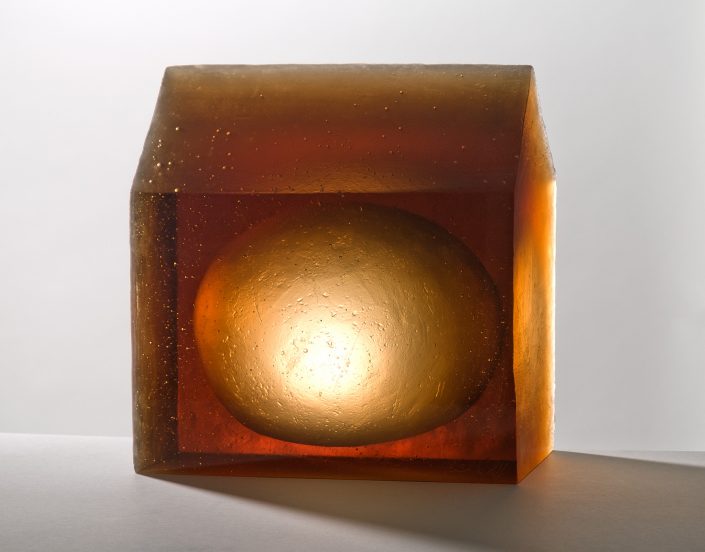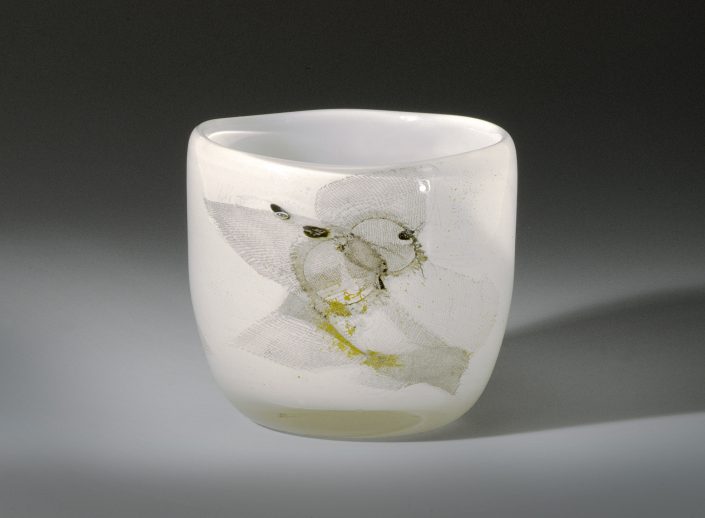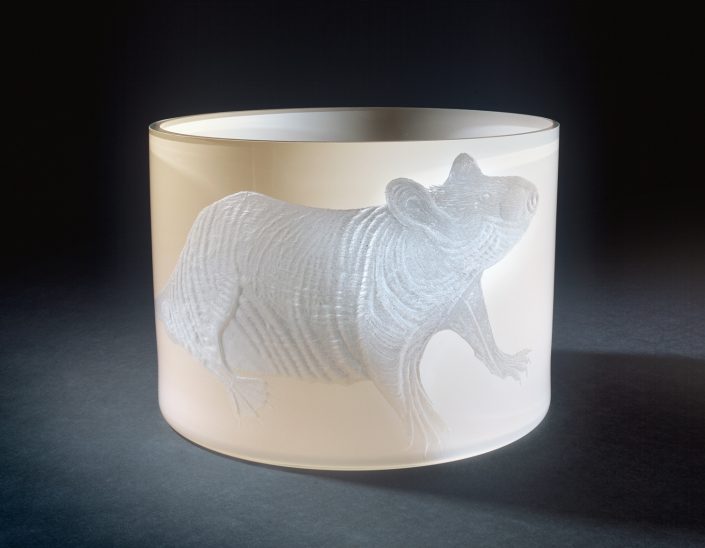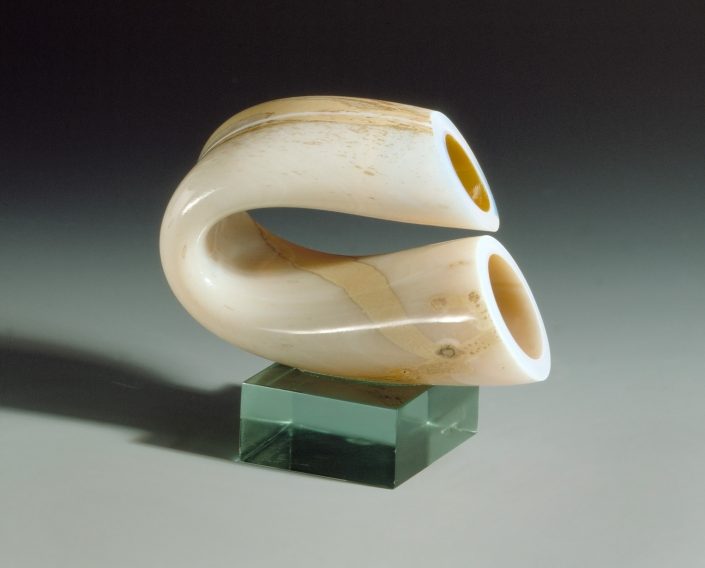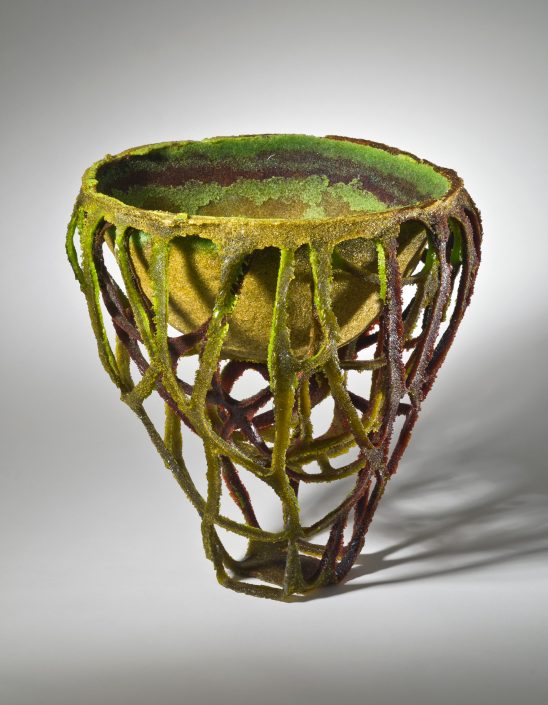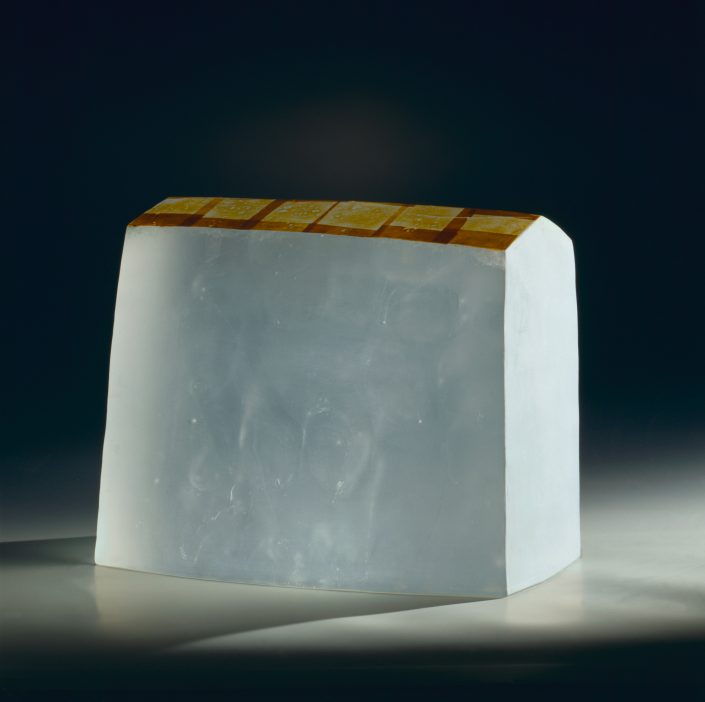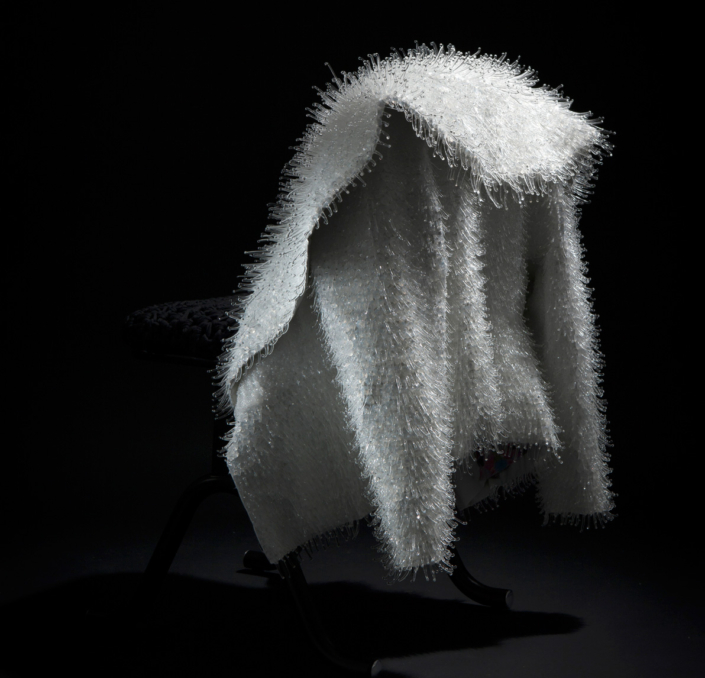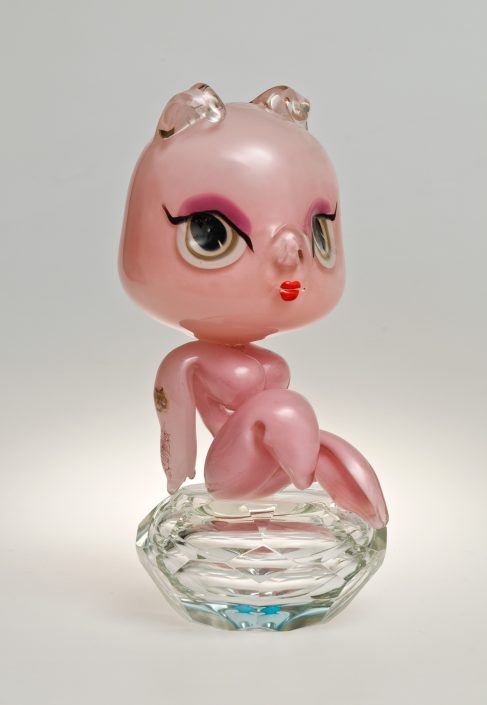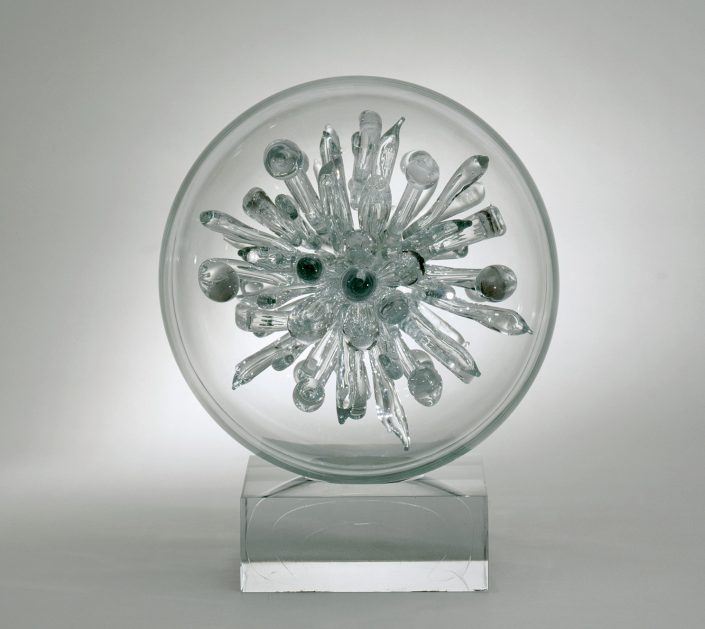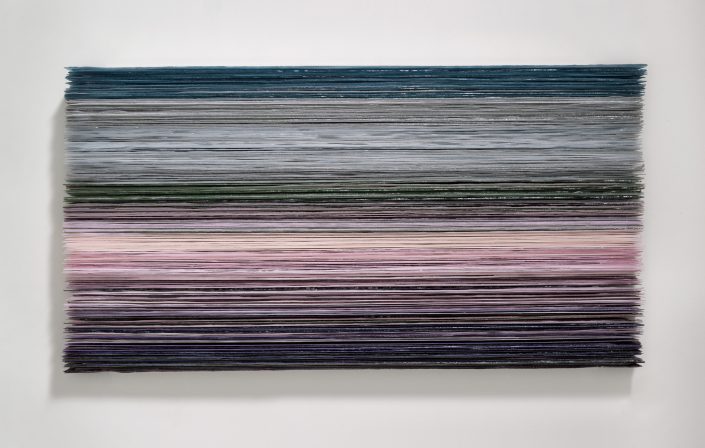New Glass and Studio Glass
New Glass arose in Europe in the late 1950s and early 1960s as a reaction to the Functionalism which had predominated up to that time. The American studio glass movement was born around the same period, in the spring of 1962. That was when, together with Dominick Labino, Harvey K. Littleton built a small, mobile kiln capable of melting glass in Toledo, Ohio. This kiln, which artists could set up in their own studio, gave them independence from industrial production facilities and was to give its name to the whole movement.
While the early studio glass artists were advocates of free, spontaneous work at the kiln, modern glass artists implement all kinds of hot and cold-working techniques, often in combination with one another.
Traditional production techniques are being enriched by fresh new ideas from young and up-and-coming artists from Europe, the United States, Japan and Australia. They are lending a new dimension to the original concept of studio glass.


